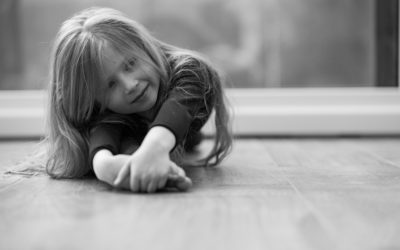Weekly Series — Behavior Made Easy
The three year old’s were walking in already looking for their spot at the circle. They each rang the bell as they joined the group. Their coach was at the front to greet them with a smile, eye contact and a high five.
“Glad you are here, you would be missed if you weren’t” the coach said as they began to call attendance. Each name was called one by one, even those that were absent. This was yet another opportunity to engage with a warm smile and eye contact. The message was that everyone in the class was important.
The new classmates were beginning to feel more comfortable. Some of the mom’s still wanted to come out on the floor and support their children. They were quickly assured by the office staff that their little one would be fine with the group. The veteran students that had been taking classes since age 2, were ready to help the newbie’s.
“Before we start reading our story, we need to do our warm-up” one of the students chimed in. The coach then selected one of the students to lead the class warm up. It was during this 5 minute routine that students were learning listening skills, attention, focus and basic behavior expectations.
At the end of the warm up, the young three year old’s were ready to calmly listen to the story of the week and then embark on the 50 minute weekly class routine.
This was a typical scene at many gymnastics, dance, martial arts, swim schools around the world. Children even before the age of 2 can go to classes and confidently master new skills in a fun safe environment.
Coaches naturally cultivate environments where toddlers are smiling, laughing, working together, trying new things (falling down most of the time), doing the same thing over and over without getting bored. In our facility, we termed this process- SAIL- Safe, Accepted, Included and then ready to Learn.
What makes this environment for young learners so successful?
Many would say it is a mindset of “coaching” over “teaching”. The role of the coach is to set the environment for students to succeed. The coach is there to support and help students navigate their own learning experience. It must start with creating the right environment for learning that includes, fun, laughing, smiling, working together. The goal is not to insure that the young students master the “forward roll’ or the “cartwheel”. Rather the goal is for students to try, to get up when they fall, and do it over and over until they can say “I did it”!
I hope this was helpful. All your comments and input are greatly appreciated. Don’t forget to follow us on Medium and join our newsletter at daVinci Publishing



